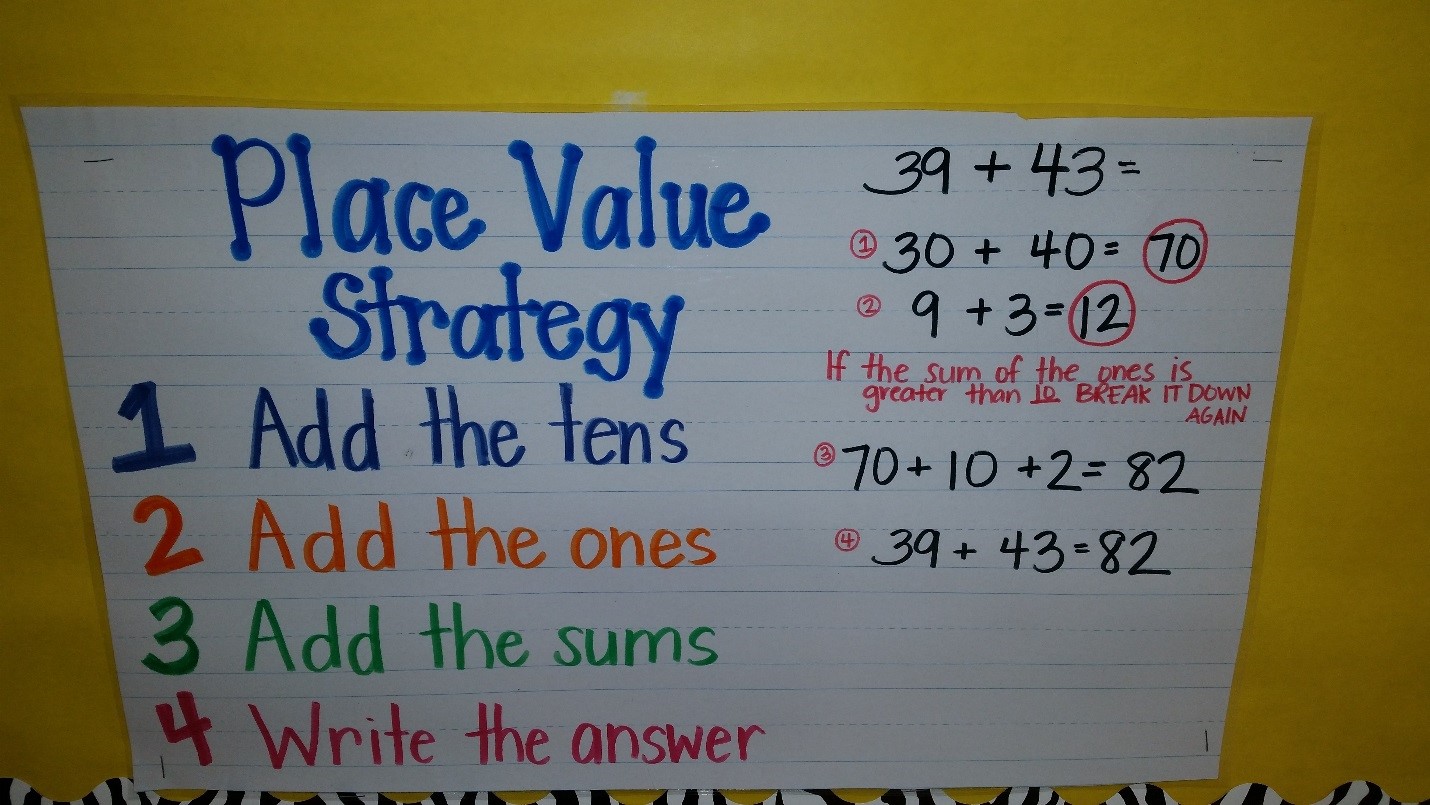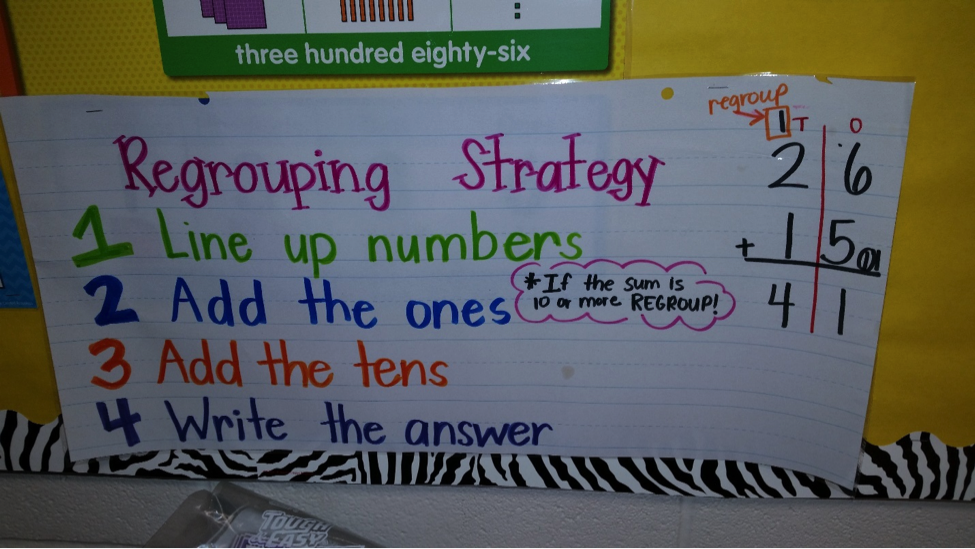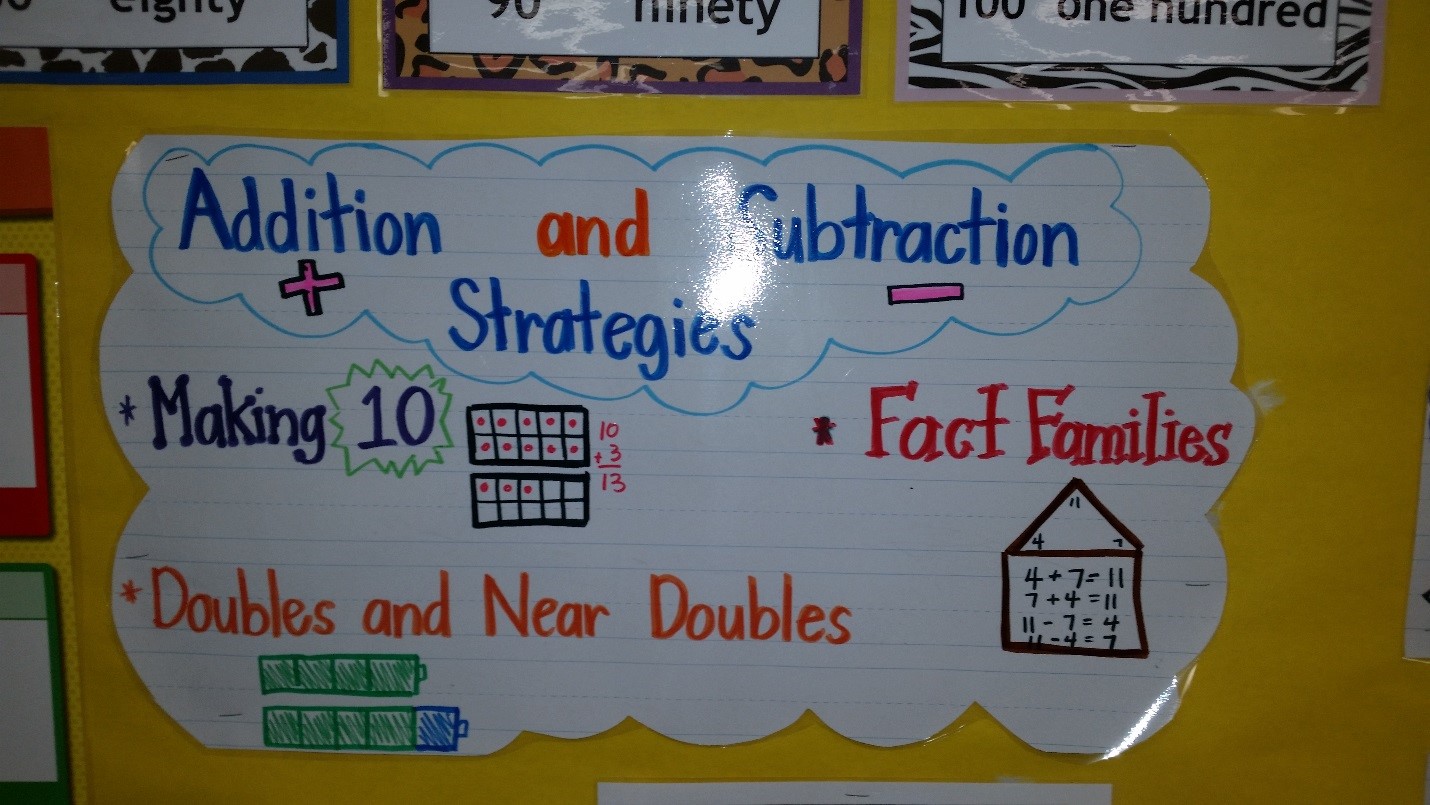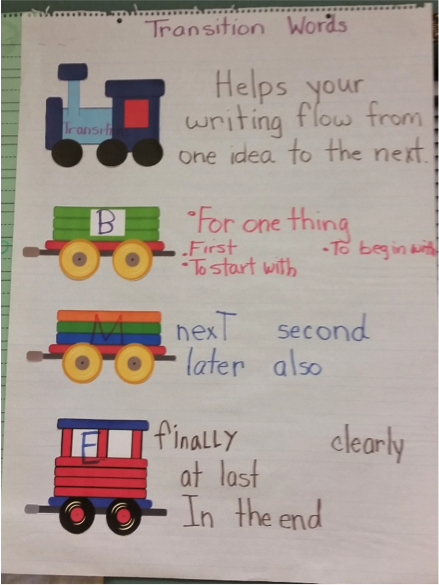Preparing Autistic Students for a New Activity
In a previous post, we reviewed strategies for solving math word problems. One of the comprehensive strategies noted was priming. This week, we will take a closer look at this strategies in order to apply it across subject areas and grade levels.
Priming is a method of preparing a student with ASD for an activity that he or she will be expected to complete by allowing the student to preview the activity before it is presented for completion.
Priming helps to:Continue Reading
The Education (K-12) Blogs and Special Ed Q & A are written and maintained weekly by Lisa Rogers with Educating Diverse Learners. Lisa received her M.A. in Special Education with an endorsement in the area of individuals with severe disabilities. Mrs. Rogers has also created products that have been used throughout the state of Texas for training purposes. Through the Association for Texas Professional Educators [ATPE], Ms. Rogers has produced an online course that targets the importance of visual strategies for student with autism spectrum disorders and just released her highly anticipated book titled: Visual Supports for Visual Thinkers.






